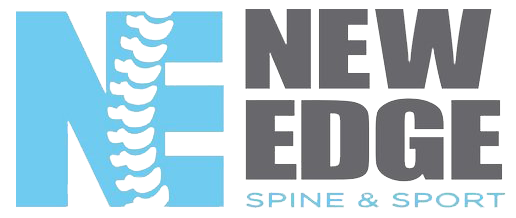The “Scary Words” on Your MRI Report (That Might Not Be So Scary After All)
The “Scary Words” on Your MRI Report (That Might Not Be So Scary After All)
What your neck or back imaging is really telling you—and why conservative care might be your best next step.
If you’ve had an MRI done for your neck or back pain, there’s a good chance you opened the report and saw some intimidating terminology. Words like “degenerative disc disease,” “disc bulge,” or “spondylolisthesis” can sound serious—even terrifying—but often they’re misunderstood and not nearly as severe as they seem.
Let’s break down a few of the most common “scary” MRI terms you might encounter:
Degenerative Disc Disease (DDD)
Despite the name, DDD isn’t a disease at all—it’s more like the graying of your hair or wrinkles on your skin. It refers to natural, age-related wear and tear on the discs in your spine. Most people over 30 will show some level of disc degeneration on imaging, and many never experience any pain. In short, it’s normal and doesn’t always need aggressive treatment.
Disc Bulge or Protrusion
These terms describe a situation where a spinal disc extends slightly outside its usual space. It’s like a jelly donut getting slightly squished—not exploded. Unless the bulge is pressing on a nerve root or spinal cord, it may not even cause symptoms. Studies show that a large percentage of adults with no pain still have disc bulges on MRI.
Spondylolisthesis
This condition means that one vertebra has shifted forward relative to the one below it. It can sound alarming, but many people live their whole lives with low-grade spondylolisthesis and no pain. The key is whether or not it’s causing instability or nerve compression—and many cases are very manageable through targeted strengthening and rehab.
Facet Arthropathy & Spinal Stenosis
These refer to degenerative changes in the small joints of your spine (facet joints) or a narrowing of the spinal canal (stenosis). Again, these changes often occur with age and don’t always correlate with symptoms. Movement, muscle balance, and posture can play a huge role in how much discomfort someone experiences—not just what their MRI shows.
The Truth About Imaging
MRIs can be a helpful tool, but they only tell part of the story. A study in the New England Journal of Medicine showed that more than 50% of people over 40 have disc bulges—with no pain at all. Imaging findings must always be interpreted alongside a full physical exam and movement assessment.
How We Help
At New Edge Spine and Sport, we don’t chase symptoms—we correct the underlying dysfunction. That starts with a thorough movement and strength evaluation, followed by hands-on chiropractic treatment, soft tissue therapy, and customized rehab plans that help restore balance and prevent recurrence.
Don’t let your MRI define your future. Conservative care has helped thousands of people just like you get back to the activities they love—without medication or surgery.
